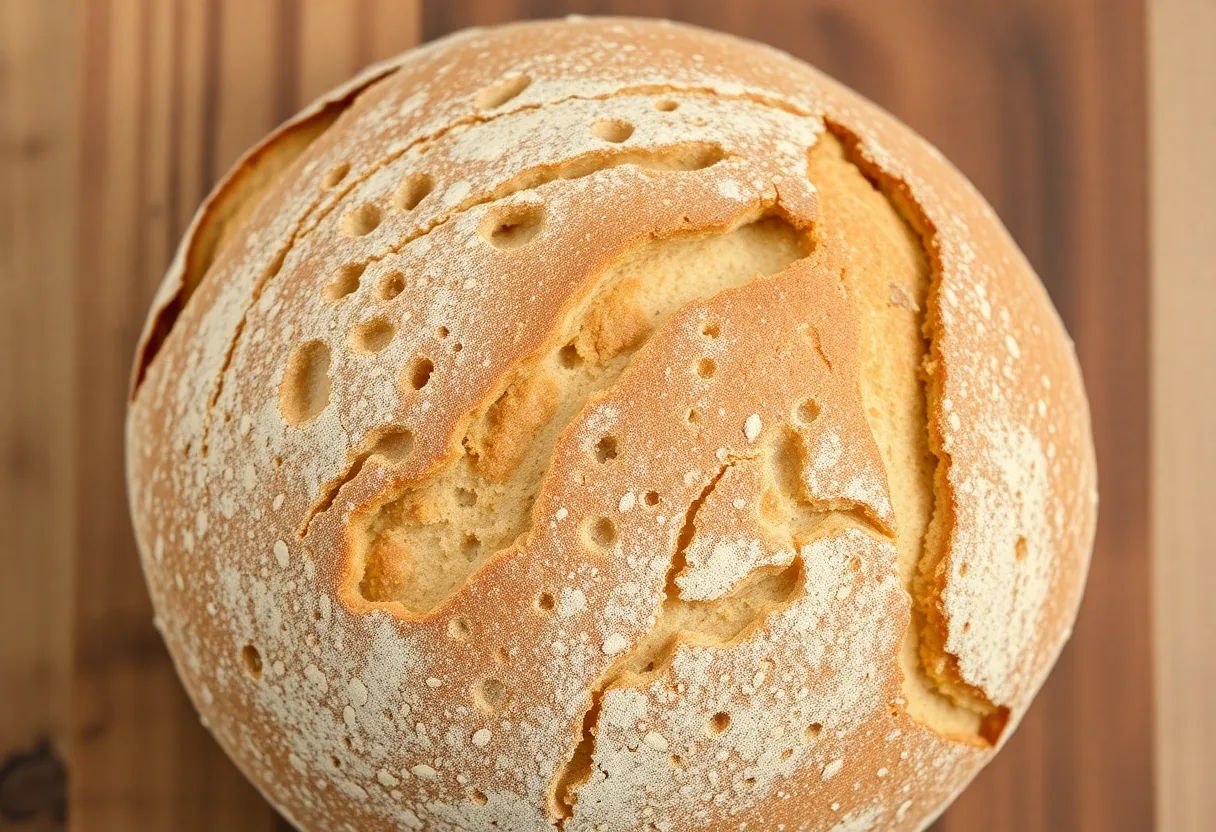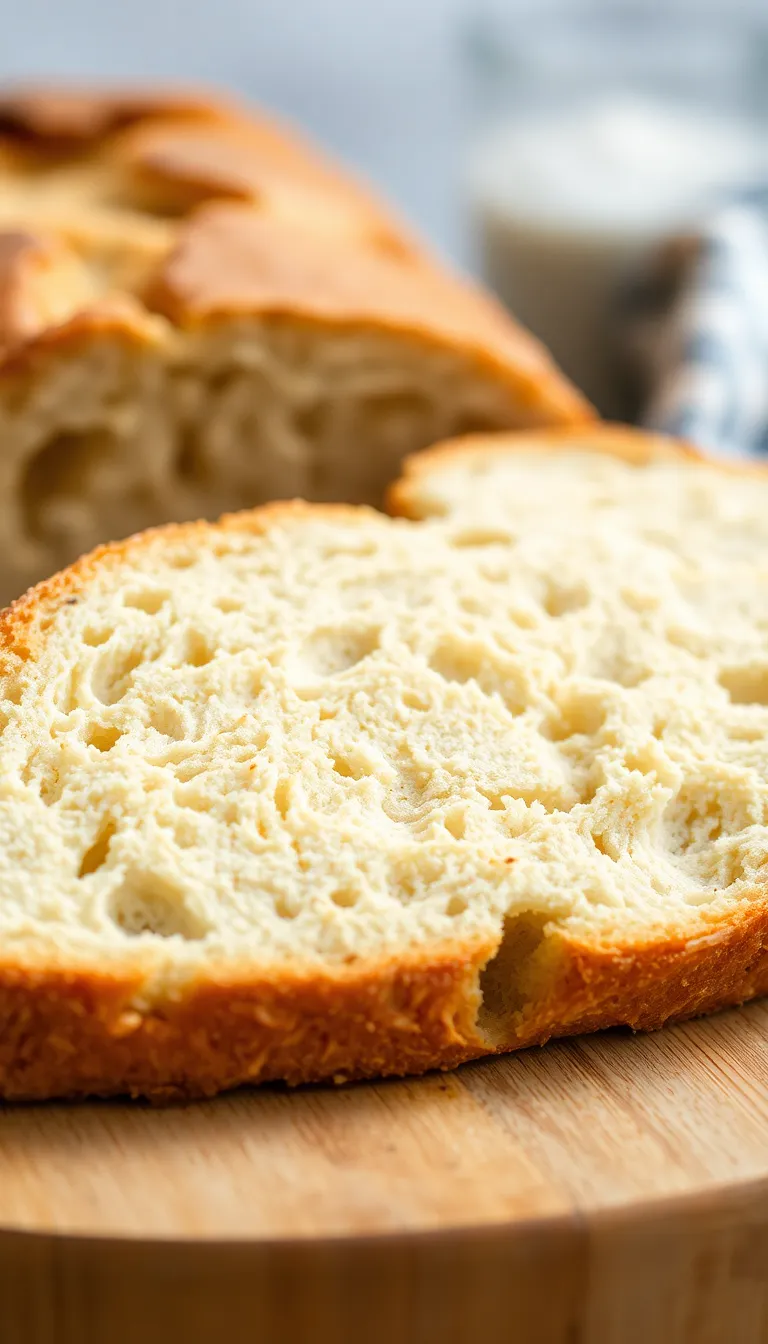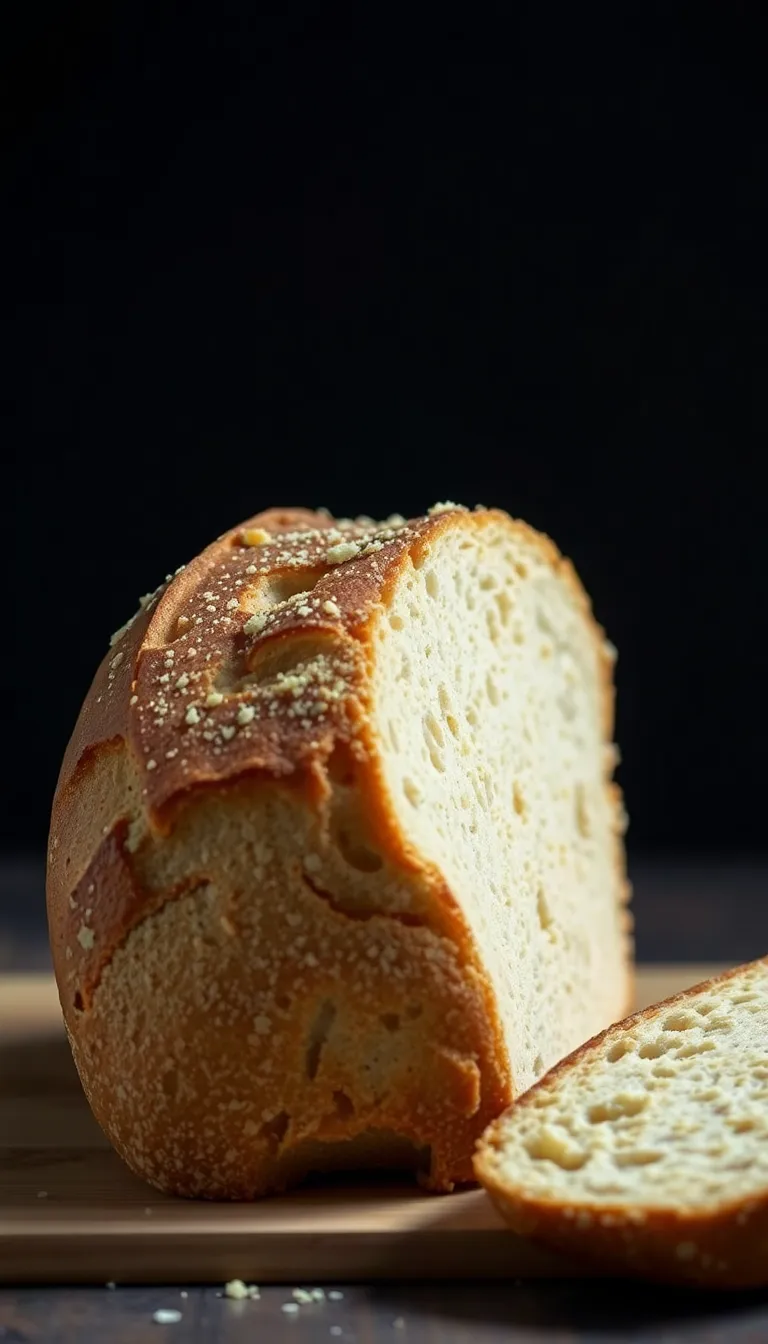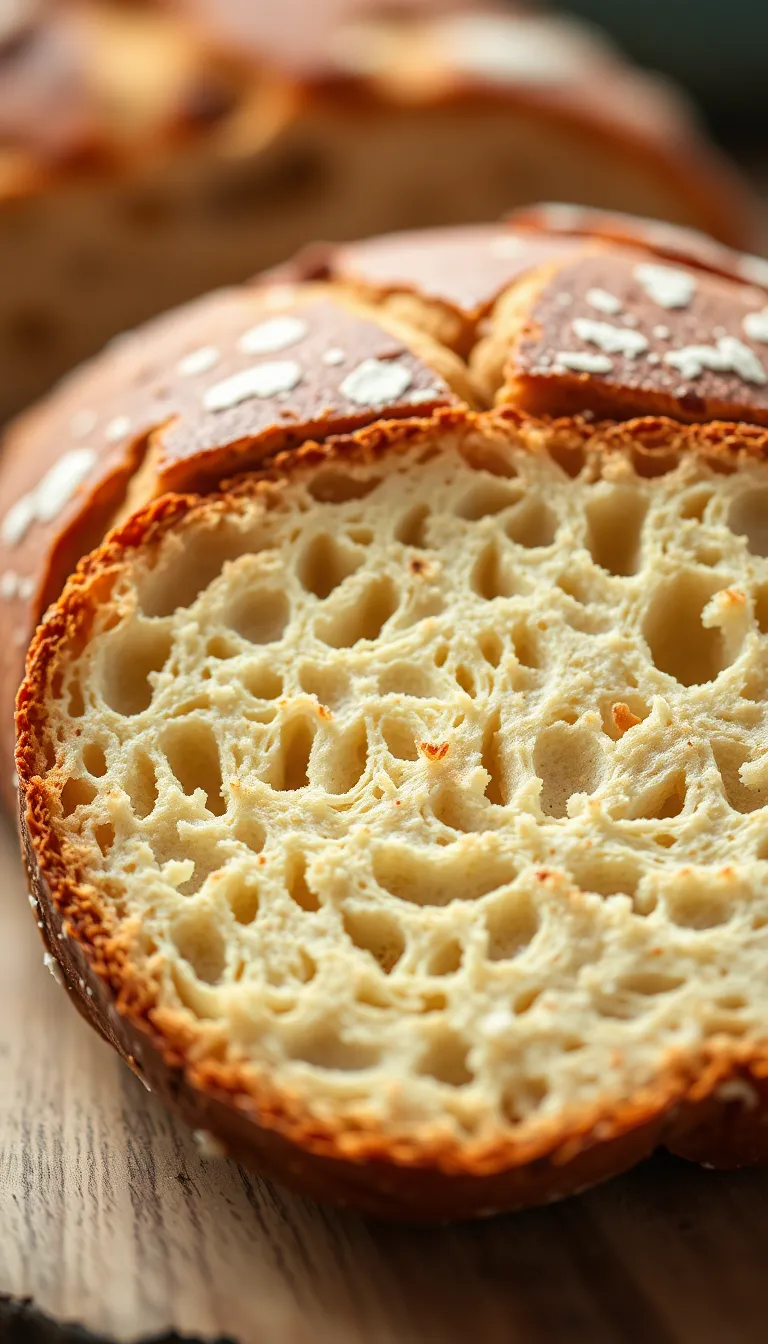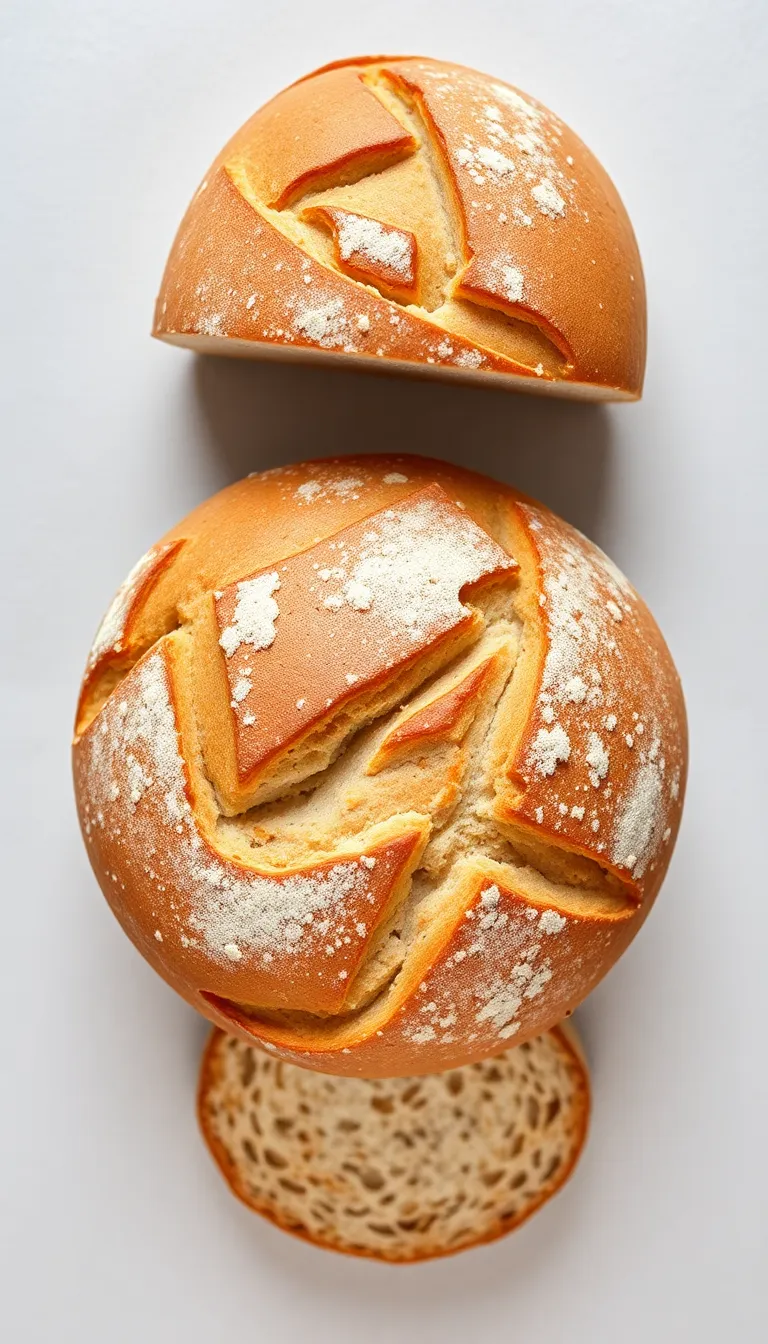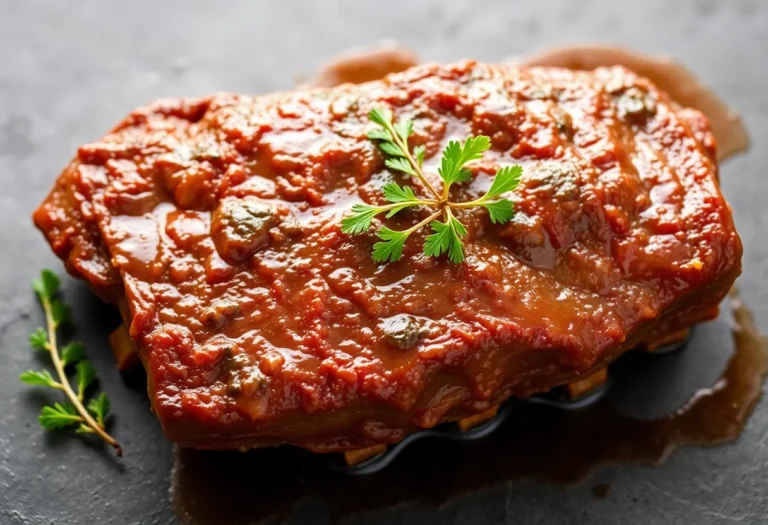Forget Store-Bought Bread—Homemade Sourdough Is the Real Flex
Store-bought bread is sad. It’s limp, it’s bland, and it’s probably older than your last relationship. Homemade sourdough?
That’s the golden ticket. Crusty on the outside, chewy on the inside, and packed with flavor that makes you question why you ever settled for less. Plus, it’s cheaper, healthier, and makes you look like a culinary wizard.
No fancy equipment needed—just flour, water, salt, and a little patience. Ready to level up your bread game? Let’s go.
Why This Recipe Slaps
This isn’t just bread—it’s sourdough, the OG of fermented goodness.
No commercial yeast here, just wild microbes doing their magic. The result? A tangy, complex flavor and a texture that’s crisp yet chewy.
It’s also easier to digest than regular bread (take that, gluten-sensitive friends). And let’s be real: nothing impresses guests like pulling a loaf you made from scratch out of the oven. Bonus?
Your kitchen will smell like a bakery. You’re welcome.
Ingredients You’ll Need
- 500g bread flour (all-purpose works in a pinch, but bread flour’s extra protein gives better structure)
- 100g active sourdough starter (the heart and soul of the operation)
- 10g salt (non-negotiable—it’s what makes flavor happen)
- 350g water (filtered if your tap water tastes like a swimming pool)
Step-by-Step Instructions (No PhD Required)
- Feed your starter: 4–12 hours before baking, mix 50g starter with 50g flour and 50g water. Let it bubble like a science experiment.
- Mix dough: Combine flour, water, and starter in a bowl.
Rest 30 mins (autolyse, if you want to sound fancy).
- Add salt: Sprinkle salt, knead lightly, and let it rise 4–6 hours with stretch-and-folds every 30 mins.
- Shape: Form into a tight ball or oval, place in a floured banneton (or bowl), and refrigerate overnight.
- Bake: Preheat Dutch oven at 475°F (245°C) for 30 mins. Score dough, bake covered 20 mins, uncovered 20–25 mins.
How to Store Your Masterpiece
Room temp: Wrap in a towel or paper bag for 1–2 days (plastic makes it soggy—don’t do it). Freezing: Slice, bag, and freeze for up to 3 months. Toast straight from frozen like a boss.
Why This Bread Is Basically a Superfood
Sourdough’s fermentation breaks down gluten and phytic acid, making it easier to digest.
It’s got a lower glycemic index than regular bread, so no sugar crashes. Plus, it’s packed with probiotics and nutrients like folate and iron. And let’s not forget the bragging rights—because “I baked this” tastes better than “I bought this.”
Common Mistakes (Don’t Be That Person)
- Using dead starter: If it doesn’t float in water, it’s a zombie.
Feed it.
- Over-flouring: Sticky dough is good. Dust lightly—you’re not making a snowman.
- Skipping the fridge rest: Cold fermentation = flavor. Patience, Padawan.
- Not preheating the Dutch oven: Steam is key for that crust.
No shortcuts.
Alternatives for the Rebellious Baker
No sourdough starter? Try a poolish (equal parts flour, water, and a pinch of yeast, fermented overnight). Out of bread flour?
All-purpose works, but expect a slightly less chewy crumb. Want whole grain? Swap 50–100g of bread flour for whole wheat or rye—just add a splash more water.
FAQs
How do I know if my starter is ready?
Drop a spoonful in water.
If it floats, it’s good to go. If it sinks, feed it and wait. Starter drama is real.
Can I speed up the process?
Technically yes, but sourdough rewards patience.
Rushing fermentation = bland bread. Respect the process.
Why is my bread dense?
Underproofed dough or weak starter. Let it rise longer, or give your starter more consistent feedings.
It’s a living thing—treat it right.
Do I really need a Dutch oven?
No, but it’s the easiest way to trap steam. Alternatives: a baking stone with a tray of water below. Or just embrace a softer crust.
Final Thoughts
Sourdough isn’t just bread—it’s a lifestyle.
It teaches patience, rewards effort, and tastes infinitely better than anything from a plastic bag. Once you nail it, there’s no going back. So grab that flour, channel your inner baker, and get ready for the best loaf of your life.
Happy baking.

